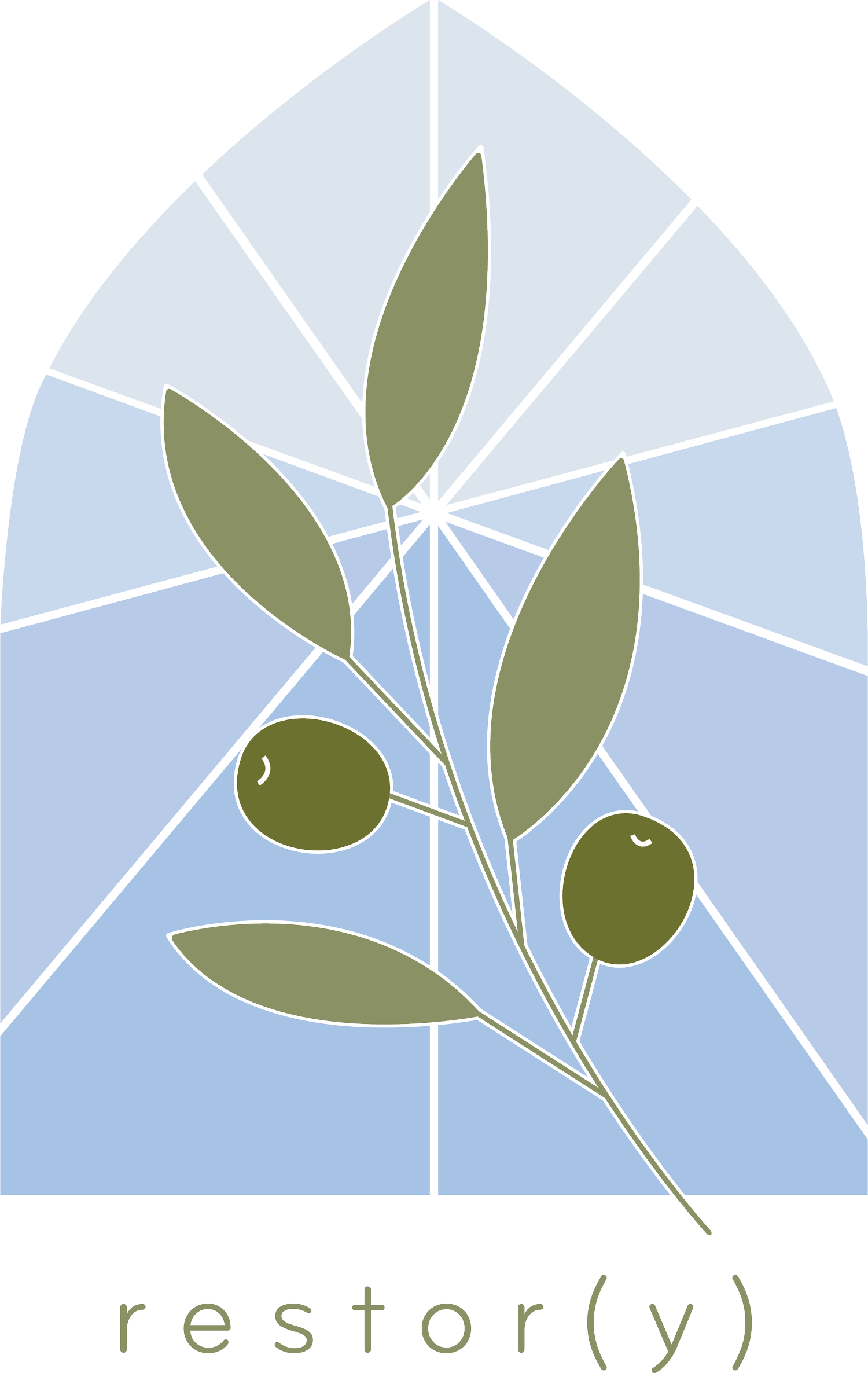A Traumatized Community: The Hidden Social Dimension of Religious Trauma
“It is not good for man to be alone.” We hear these words spoken by God in the creation narrative present in Genesis 2. It is a reminder of what the entirety of scripture communicates to us about our humanity: we were created in relationship and for relationship. Life at its very essence is relational and communal. For those of us who hold to such a relational anthropology it should not surprise us then when researchers declare things such as, “Trauma, that is, has a social dimension.” (Erikson, A New Species of Trouble, p. 231). If life at its core is relational then of course those experiences and circumstances that wound us most would impact relationships, communities, and social interactions. How could they not?
However, this statement from sociologist Kai Erikson that trauma has a social dimension means far more than most of us would assume. Erikson is not merely addressing what all trauma therapists acknowledge, that trauma disrupts an individual’s relationships with others and their community, but that the trauma experienced by individuals who comprise a particular community (neighborhood, family, faith community, school, etc.) has a way of being experienced at the social level, it transcends merely individual experience. Erikson explains it this way, “...traumatic wounds inflicted on individuals can combine to create a mood, an ethos - a group culture almost - that is different from (and more than) the sum of the private wounds that make it up.” (Erikson, p. 230-231). When applied to the church, Erikson’s findings tell us that religious trauma, though often approached as harm experienced by individuals, may very well be impacting our faith communities on a much deeper level, forming a congregation’s culture and ethos. For those of us who love the church, this is research to which we must pay attention.
Though I am thankful for the work being done to help individuals understand their own “adverse religious experiences” (as described by Dr. Laura E. Anderson in her book When Religion Hurts You) and to provide individuals with paths towards healing from religious trauma, the truth is, this form of trauma has a social dimension. This means that if we are to see complete healing from religious trauma then we need to address not only individuals, but entire faith communities. What would it look like to come alongside faith communities and help them heal from their collective experiences of religious trauma? To help religious communities find healing from the ways in which religious trauma impacts their very group culture? This is the question we are continuously asking at Restor(y). We truly believe that a healed church brings healing to the world around it. We are thankful for those who are working to support survivors of spiritual abuse and those who have experienced religious trauma. We believe individual counseling and therapy are essential. We also believe that if religious trauma is going to come to an end, than the communal dimension must be addressed. If we do not address religious trauma at the collective level, it will only continue and perpetuate harm amongst individuals and faith communities. Trauma does in fact have a social dimension, therefore, our approaches to healing must as well.
We want to invite you to join us on this pursuit to answer the question, what does it look like to work for healing socially, communally, relationally? If many of our churches are traumatized communities, how do we help bring the entire community to healing and wholeness? We believe this pursuit is essential to seeing a world where phrases like “religious trauma” and “spiritual abuse” are of the past. Will you join us on this mission? You can do so by following us on social media (Instagram and Facebook @restorycenter) and sharing our ministry with others. We are working on resources to better help pastors and church leaders understand the social dynamics of religious trauma and we can’t wait to share those with you, so make sure you’re following along!
